It’s reported that North Korea is ready to discuss denuclearization with the US, and thus, increasing the chance of meeting between it’s leader Kim Jong-un and US president Donald Trump in May. Financial Times quoted and unnamed National Security Council spokesperson saying that “I confirm that the United States and North Korea have been holding talks in preparation for a summit, and that North Korea has confirmed its willingness to talk about denuclearization.” Reuters also quoted an unnamed official saying “the U.S. has confirmed that Kim Jong Un is willing to discuss the denuclearization of the Korean Peninsula.”
Separately, China’s Ministry of Commerce announced it’s banned exports to North Korea with potential dual use in weapons of mass destruction. Details on 32 materials banned were released by the MOFCOM, including technologies and forms of equipment, including particle accelerators and centrifuges.




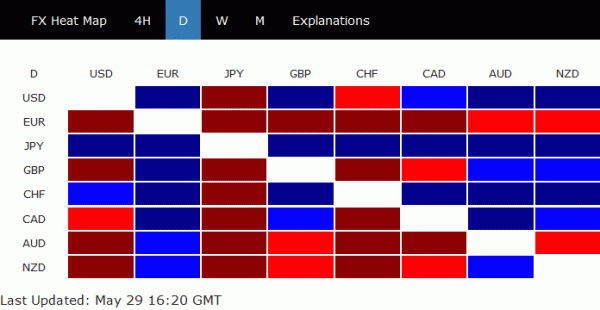
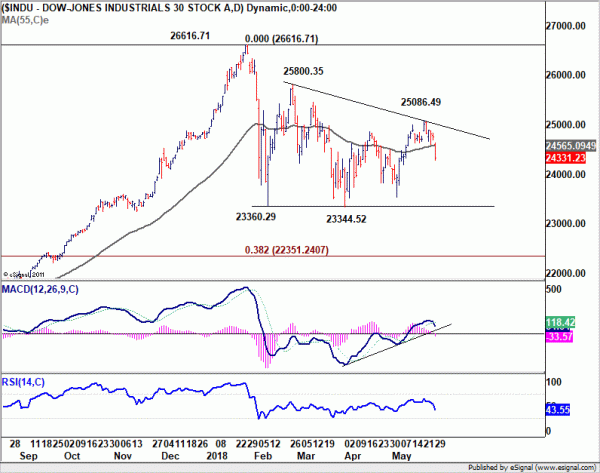
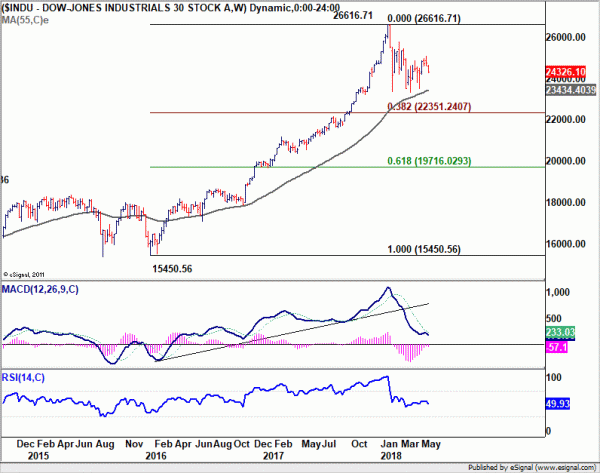
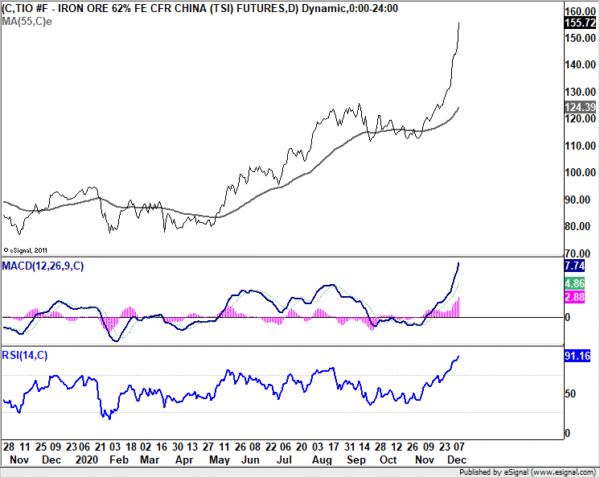
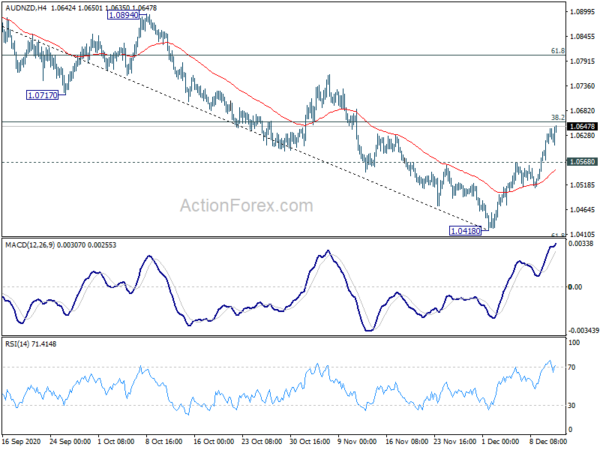
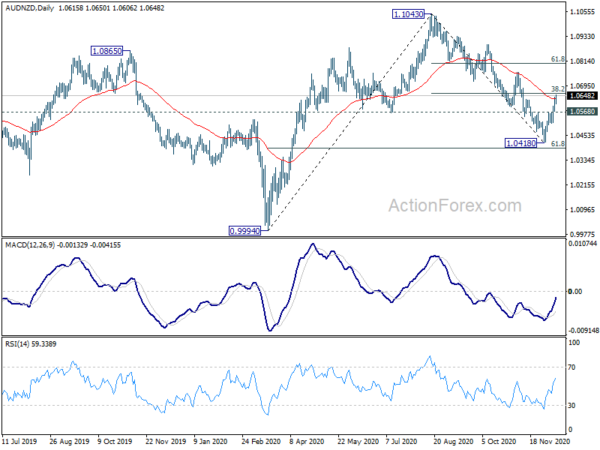
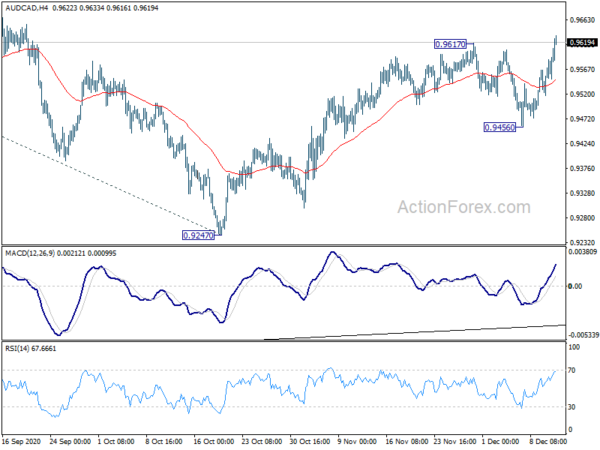
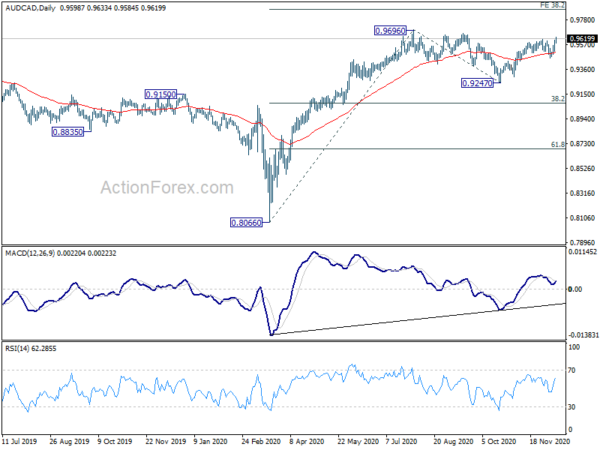
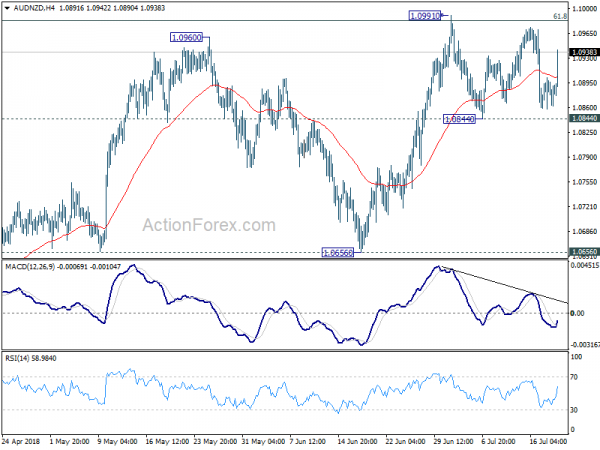
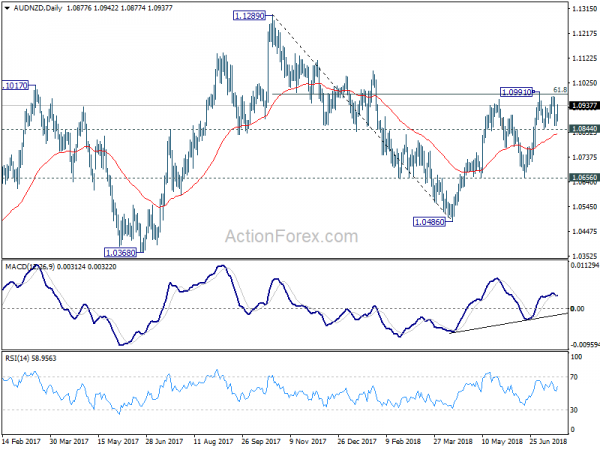
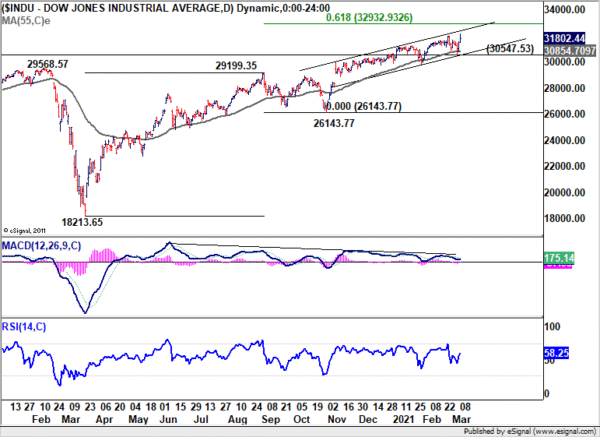
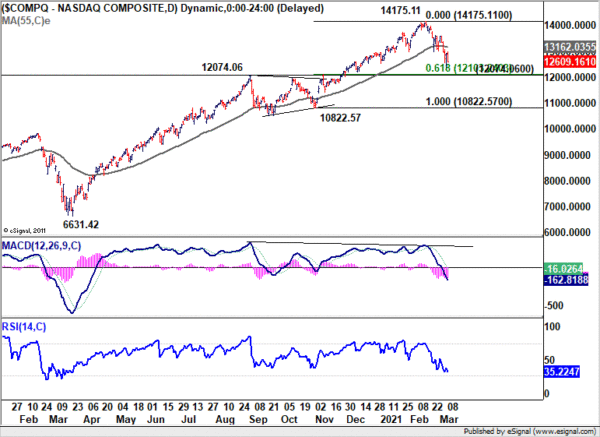
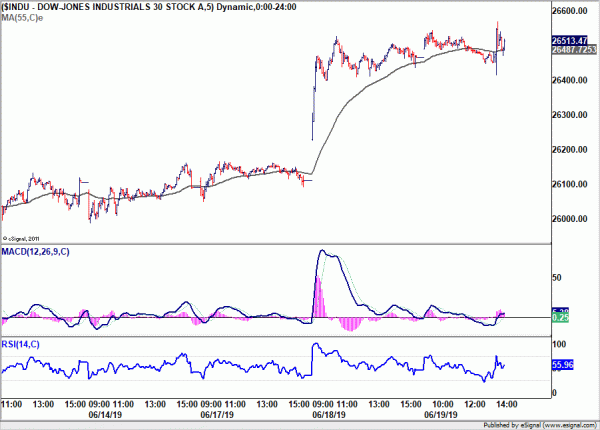
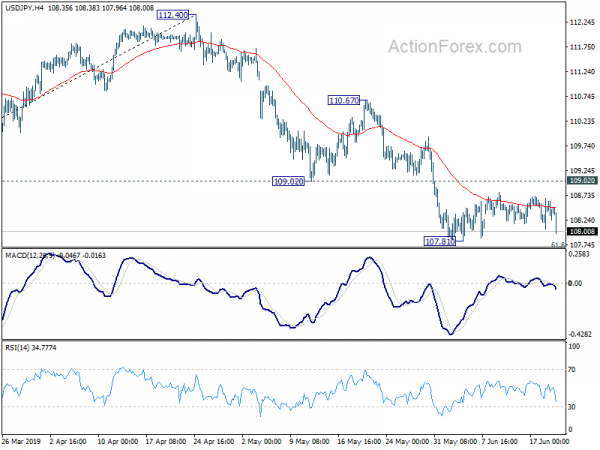
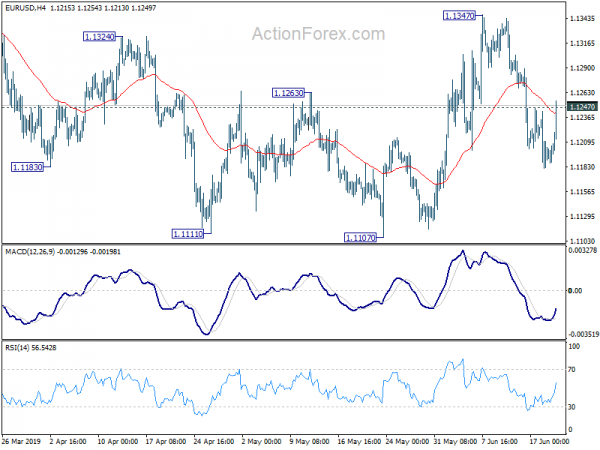
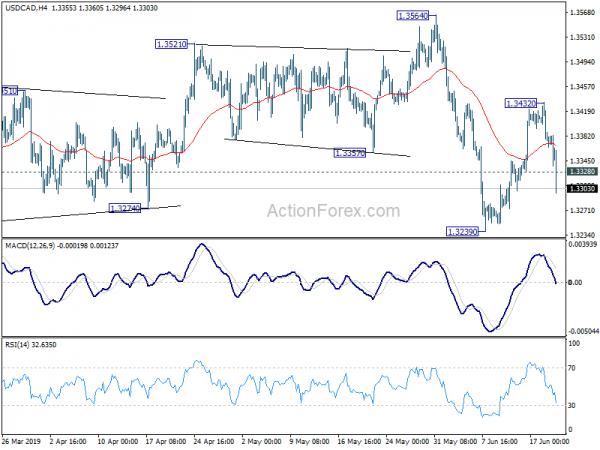
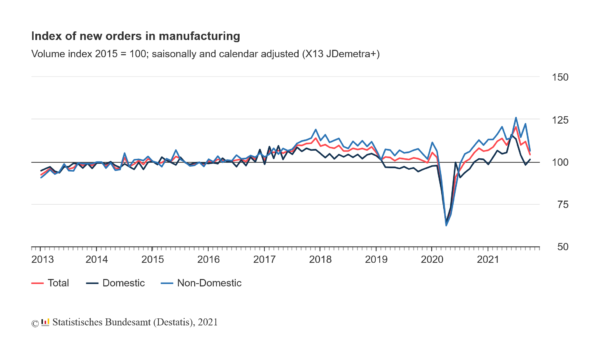
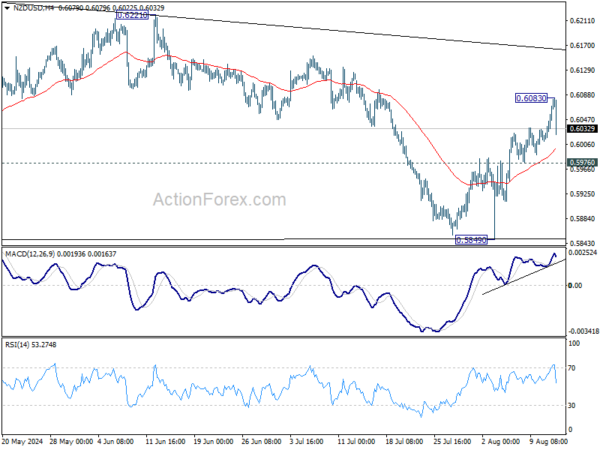
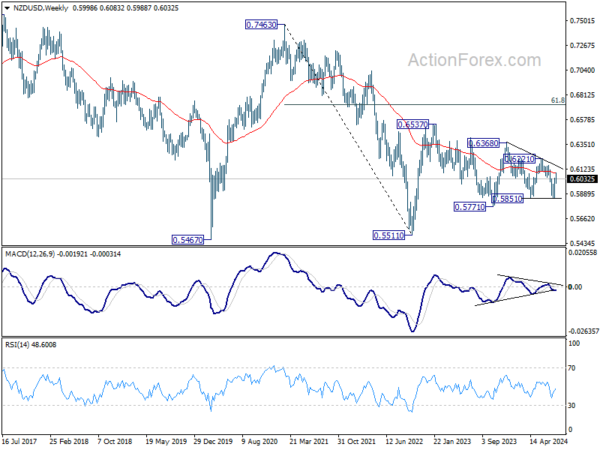
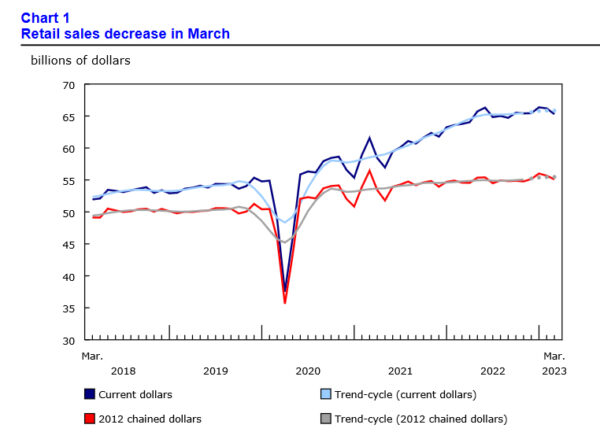

Eurozone industrial production rose 12.4% mom in may, below expectations
Eurozone industrial production rose 12.4% mom in May, below expectation of 12.4% mom. That’s also insufficient to recovery April’s -18.2% mom decline. Looking at some details, production of durable consumer goods rose by 54.2% mom, capital goods by 25.4% mom, intermediate goods by 10.0% mom, non-durable consumer goods by 2.8% mom and energy by 2.3% mom.
EU industrial production rose 11.4% mom in May, versus April’s -18.2% mom decline. The highest increases were registered in Italy (+42.1%), France (+20.0%) and Slovakia (+19.6%). The largest decreases were observed in Ireland (-9.8%), Croatia (-3.5%) and Finland (-1.3%).
Full release here.